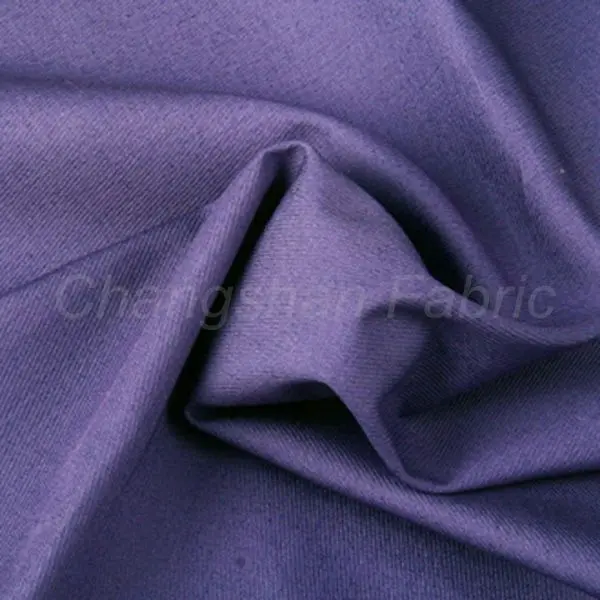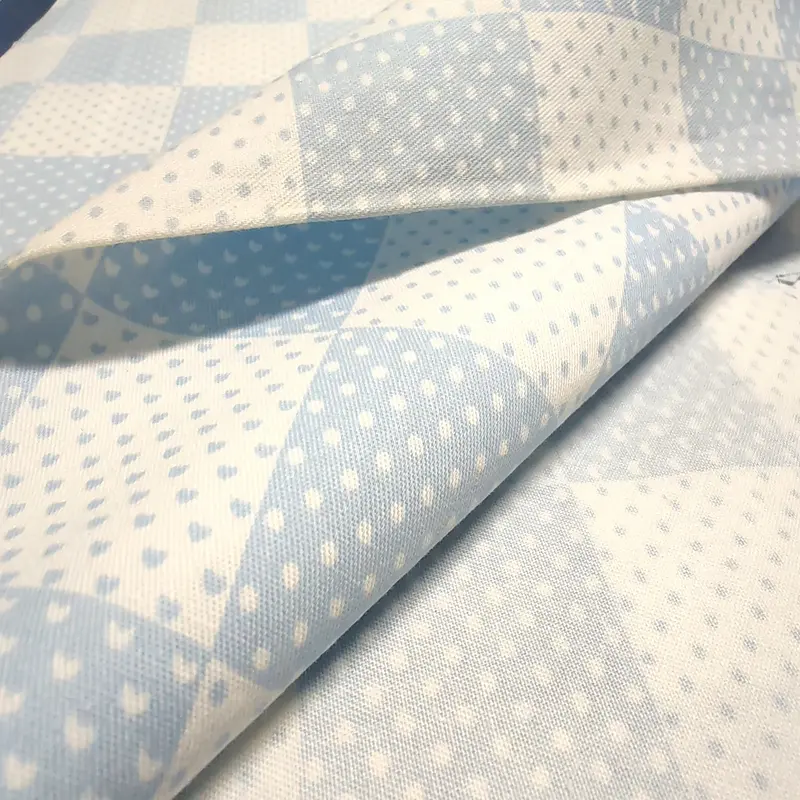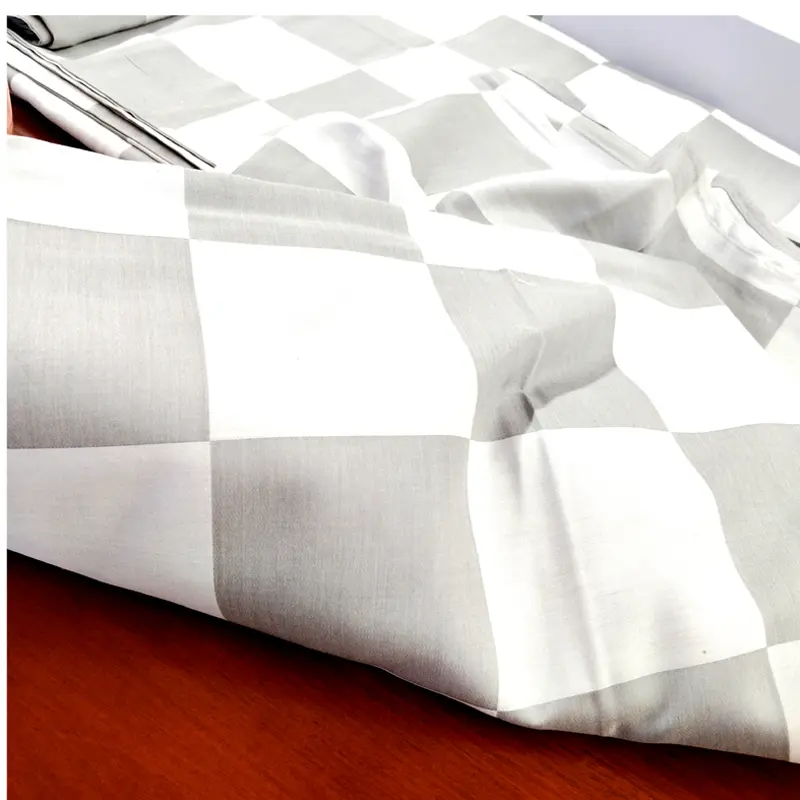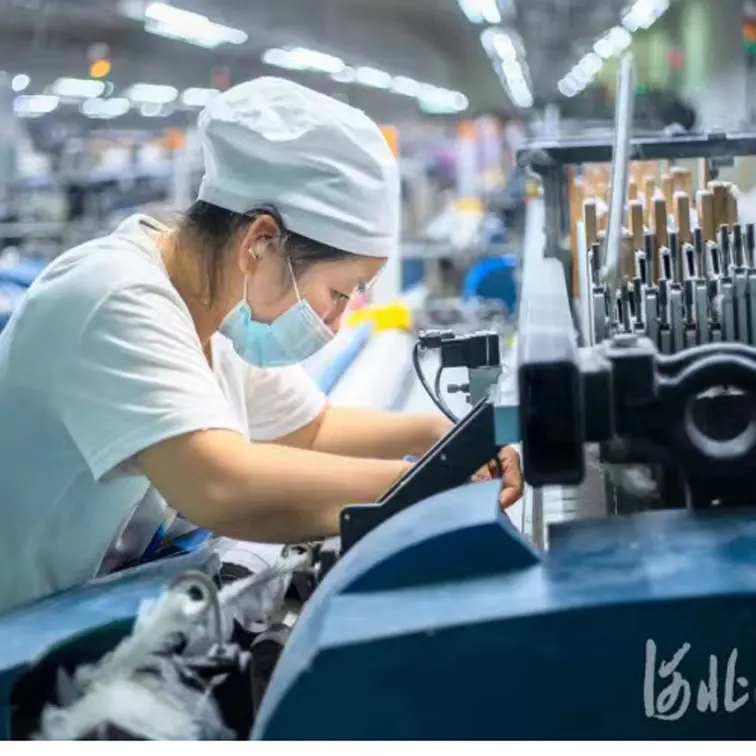Explanation 1: “Light up”
Generally speaking, the phenomenon of “lighting up” refers to the phenomenon of “homochromatic metamerism”:
Two color samples (one standard and one comparison sample) appear to be of equal color (no color difference or small color difference) under one light source (such as D65), while they exhibit significant color difference under another light source (such as A), which is called the “homochromatic metamerism” phenomenon
For this situation, we can describe it as’ lighting up '. That is to say, whether the sample can be matched with the standard sample for color matching depends on selecting a specific light source.
The fundamental reason is that the two samples have different reflections of light (reflection spectrum curves or visible band reflectivity), so it is called “Metamerism”.
The reasons for the “abnormal spectrum” include:
A、염색에 사용되는 안료의 구성이 다릅니다.
B、다양한 가공방법 등
Explanation 2: “Jumping lights”
In fact, when we talk about “Tao light” in daily life, besides the above meaning, there is another layer of meaning:
It refers to the situation where a single color sample undergoes dramatic color changes under different light sources. At this point, it can be described by “jumping the light”.
So, “jumping the light” can also be said to be a sample.
예를 들어, CIBA의 염색 엔지니어는 CIBA DEEP RED 염색약을 추천하면서 이렇게 말합니다: 이 염색약은 A라는 빛 아래에서 빨간색으로 튀어나오지 않습니다.
(저자는 A 광원에 많은 양의 빨간색과 노란색 빛이 포함되어 있지만, CIBA DEEP RED 염료는 D65 광원에서보다 훨씬 더 붉게 느껴지지 않는다는 것을 의미합니다.)
Post time: 5월 . 10, 2023 00:00




















 피부 친화적
피부 친화적 변하기 쉬운
변하기 쉬운 튼튼한
튼튼한 자신 있는
자신 있는
